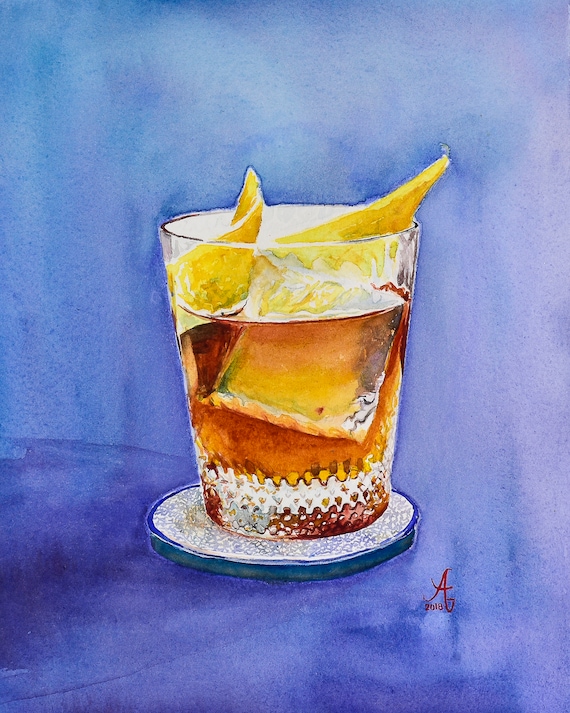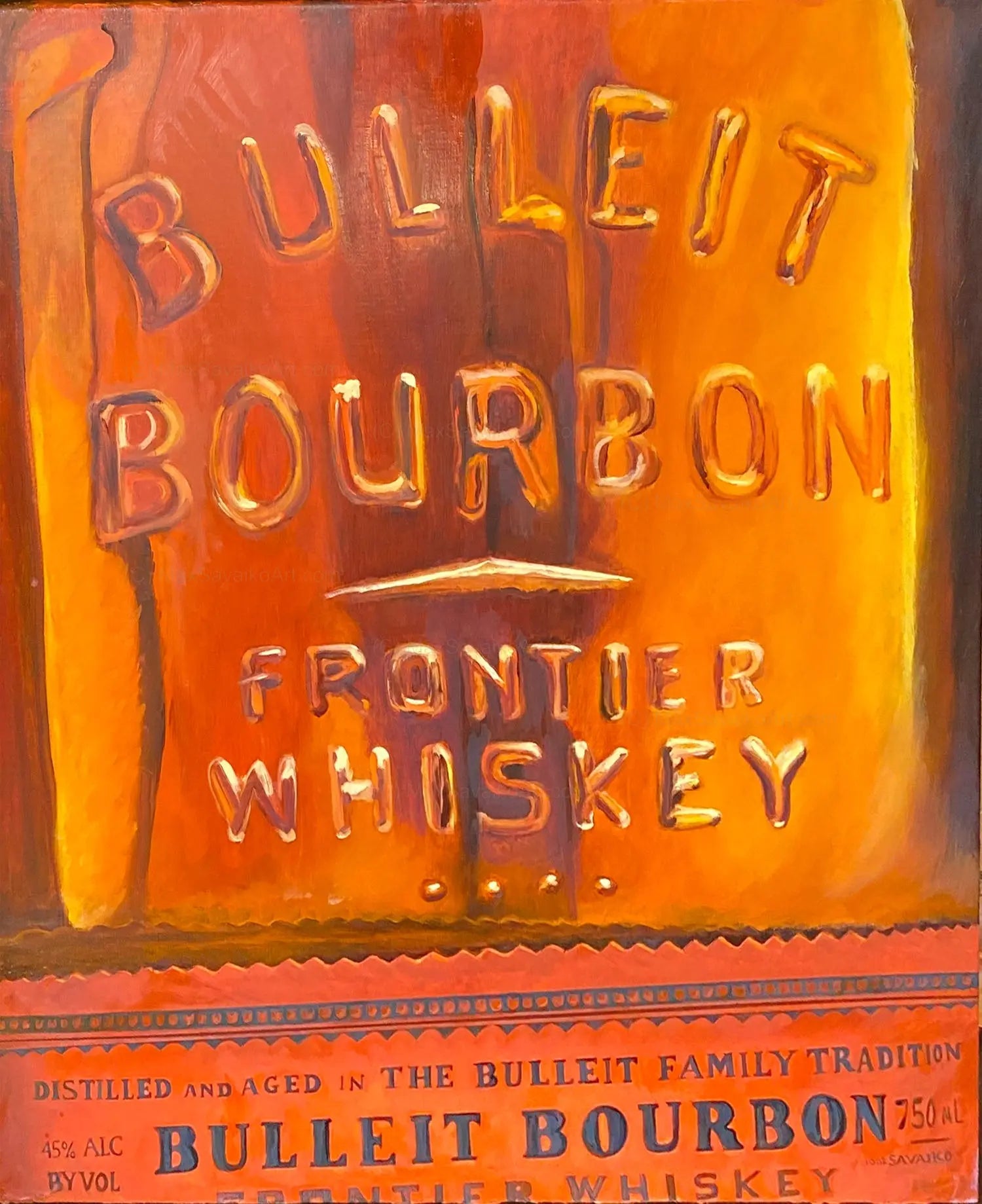The Value of Whiskey Art in Celebrating Heritage and Craftsmanship in the Beverage Industry
The detailed relationship between scotch art and the event of heritage and workmanship within the drink sector can not be overstated. Through thoughtfully developed containers and tags, bourbon brand names encapsulate their historic origins and the artisanal abilities that specify their manufacturing approaches. This artistic dimension not only enhances market appeal but also functions as a channel for cultural storytelling, fostering a deeper connection in between the craft and the customer. As we discover the numerous elements of this subject, fascinating inquiries concerning the effect of contemporary patterns on conventional methods occur, prompting further examination.
The Historic Roots of Whiskey
At the heart of bourbon's appeal exists an abundant tapestry of historical origins that trace back to old people. The origins of bourbon can be linked to the purification methods of the Sumerians and Babylonians around 2000 BCE, where early types of fermented grain beverages started to emerge. Nonetheless, it was in the Center Ages that the art of distillation advanced substantially, particularly in Ireland and Scotland, bring about the development of bourbon as we understand it today.
The term "bourbon" itself originates from the Gaelic word "uisce beatha," indicating "water of life." This phrase emphasizes the cultural value of bourbon in Celtic societies, where it was often connected with rituals, celebrations, and communal bonding. By the 15th century, distillation came to be an identified craft within reclusive areas, paving the means for the establishment of lawful distilleries.
As profession courses broadened, scotch's popularity expanded, transcending regional boundaries and catching the interest of lovers worldwide. Whiskey Art. This historical journey reflects not only the craftsmanship behind scotch production however additionally its indispensable function in social and social contexts, noting it as a considerable beverage throughout background
Artistic Expression in Branding
Whiskey branding stands as an engaging crossway of artistry and commerce, where aesthetic identification plays a critical function in forming customer assumption. The visual appeals of bourbon labels, packaging, and advertising products show not just the brand name's story however likewise its core worths and heritage. Through imaginative expression, distilleries convey a story that resonates with customers, evoking emotions and sparking links.
The use of color, typography, and imagery in branding serves to differentiate products in a saturated market. Conventional motifs might evoke a sense of authenticity and workmanship, while modern-day styles can represent advancement and forward-thinking. This tactical artistic instructions enhances brand acknowledgment and loyalty, permitting consumers to create an individual partnership with the bourbon they select.
Additionally, creative expression in branding usually serves as an event of local heritage. Distilleries frequently incorporate regional signs or historic referrals into their designs, producing a local color that welcomes customers to partake in a wider cultural experience. Eventually, the creativity behind scotch branding not just improves aesthetic charm however additionally improves the total story of the brand name, cultivating a much deeper admiration for the workmanship and heritage ingrained in each container.
Workmanship in Bottle Style
The creativity apparent in scotch branding prolongs beyond visual identification to incorporate the workmanship entailed in container style. Each bottle acts as a vessel not just for the spirit within, yet additionally for the tale it outlines its top quality, practice, and origin. The design procedure needs precise attention to information, as aspects such as shape, closure, and product contribute significantly to the total understanding of the bourbon.
Workmanship in bottle style involves picking top notch glass that can enhance the bourbon's color and quality, while likewise providing a responsive experience for the consumer. The shape of the bottle have to be both cosmetically attractive and useful, often reflecting the heritage of the brand name. Lots of distilleries select unique forms or printed logos that stimulate a feeling of authenticity and background.
In addition, the label layout and typography play a vital role in interacting the brand name's story. Whiskey Art. A well-crafted container not just captivates the customer's eye yet also strengthens the brand name's dedication to quality and tradition. In this method, the workmanship of bottle design ends up being an essential facet of the whiskey experience, merging creativity with an extensive advice regard for heritage
Social Significance of Whiskey Art
Celebrating custom and craftsmanship, the cultural importance of scotch art transcends mere appearances, linking with the historical and social narratives of the areas from which it originates. Each bottle functions as a canvas, depicting the distinct stories, folklore, and traditions that have shaped local whiskey-making practices. The intricate designs frequently mirror the heritage of the distillers, incorporating symbols and motifs that reverberate with the society and worths of their neighborhoods.

Furthermore, bourbon art plays a crucial function in common gatherings and parties, offering as a concrete link between individuals and their shared experiences. By valuing the creativity in whiskey product packaging, customers cultivate a much deeper understanding and regard for the craft, eventually enriching their satisfaction of the beverage itself.
Modern Trends in Whiskey Discussion
In recent times, the presentation of bourbon has site evolved to mirror contemporary tastes and fads while still honoring traditional workmanship - Whiskey Art. Distilleries are significantly concentrating on aesthetic aspects that enhance the total drinking experience, linking the space in between heritage and modernity
Ingenious bottle designs have emerged, often incorporating sustainable products and creative tags read the article that tell engaging stories. Lots of brands now team up with local musicians, infusing their products with one-of-a-kind visual expressions that reverberate with customers. Additionally, limited-edition launches are often packaged in collectible containers, adding worth and appeal for lovers.

Verdict
In verdict, bourbon art offers as a crucial channel for revealing the heritage and craftsmanship fundamental in the beverage industry. Via detailed branding, cutting-edge container styles, and culturally significant artistic components, bourbon brand names efficiently honor their practices and attach with consumers.

Craftsmanship in bottle layout involves choosing top quality glass that can boost the whiskey's color and quality, while also supplying a responsive experience for the consumer. In this method, the workmanship of bottle style comes to be a vital element of the scotch experience, combining artistry with a profound regard for heritage.
In verdict, whiskey art serves as a crucial avenue for expressing the heritage and craftsmanship intrinsic in the drink sector.
Comments on “Bourbon Art in Contemporary Culture: Where Tradition Satisfies Technology”